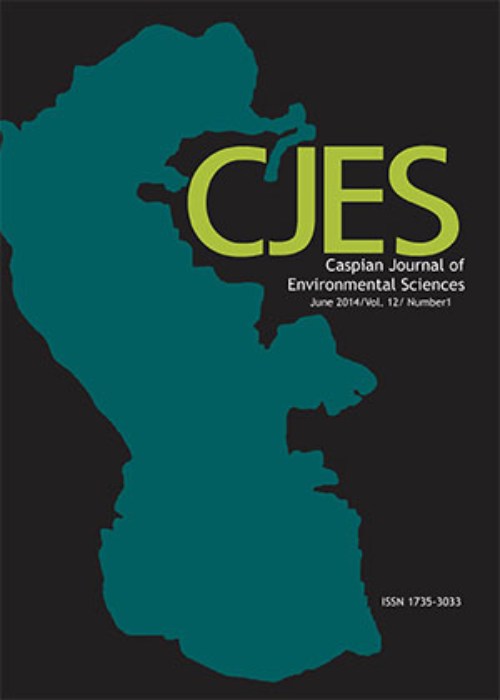Phytoplankton assemblage with relation to water quality in Turag River of Bangladesh
The study was performed to evaluate phytoplankton assemblage, physical and chemical characteristics of water, interrelationship between phytoplankton assemblage and physical/chemical characteristics of water and to evaluate water quality index during November, 2015 - September, 2016 for Turag River that is located on the north-eastern side of Dhaka city, Bangladesh. Water samples were collected during winter (November - January/2015-2016), summer (March-May/2016) and rainy season (July ̶ September/2016). During the study, the overall phytoplankton assemblage exhibited the following pattern: Bascillariophyceae (40.33%) > Chlorophyceae (32.90%) > Euglenophyceae (14.56%) > Cyanophyceae (12.20%). Fragillaria crotonensis, Navicula grimmei, Phacus circulatus, Euglena agilis, Chlorococcus minutum and Trachelomonas goossensii were dominant phytoplankton species. The average values of water temperature, total dissolved solids (TDS), electric conductivity (EC), pH, dissolved oxygen (DO), biological oxygen demand (BOD5), total nitrogen (TN) and dissolved phosphorus (DP) were 25.94°C, 273.46 mg L-1, 489.71µS cm-1, 6.81, 2.89 mg L-1, 3.85 mg L-1, 8.55 mg L-1 and 0.62 mg L-1, respectively. Euglenophyceae displayed significant negative correlation with DO in winter while TDS in rainy season. Chlorophyceae exhibited significant negative correlation with DP in rainy season. Shannon-Weaver’s (H') and Simpson’s (D) diversity indices ranged between 2.58-3.01 and 0.91-0.95, respectively. In summer, the value of H' (3.01) indicated slight pollution. In winter and rainy seasons, the values of H' were 2.58 and 2.98, respectively displaying light pollution in Turag river. Measured water quality index (WQI) values were 229.71, 171.23 and 74.18 in winter, summer and rainy season, respectively exhibiting that water was unsuitable for drinking purposes in winter and summer and also very poor water quality in rainy season, respectively. The implication of these findings can be used to monitor health of riverine ecosystems which provide ecosystem services for society.
- حق عضویت دریافتی صرف حمایت از نشریات عضو و نگهداری، تکمیل و توسعه مگیران میشود.
- پرداخت حق اشتراک و دانلود مقالات اجازه بازنشر آن در سایر رسانههای چاپی و دیجیتال را به کاربر نمیدهد.


